Membrane Transporter/Ion Channel
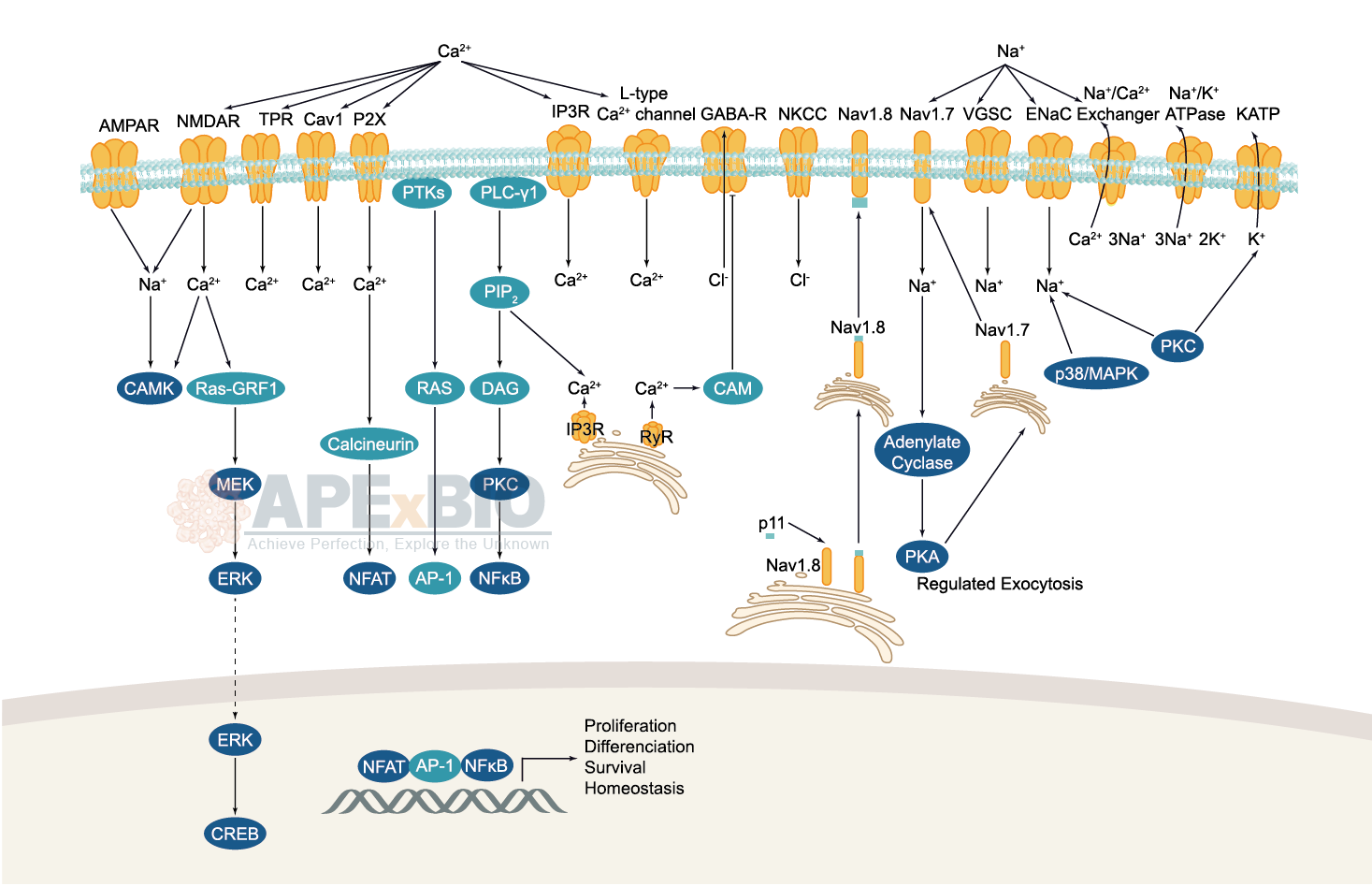
Ion channels are pore-forming membrane proteins which allow the flow of ions across the membrane. The ion channels can be broadly grouped into six families including calcium channels, chloride channels, potassium channels, sodium channels, gap junction proteins and porins. Not all ion channels are gated, such as certain type of K+ and Cl– channels, transient receptor potential superfamily of cation channels, the ryanodine receptors and the IP3 receptors, but most Na+, K+, Ca2+ and some Cl– channels are all gated by voltage. Ligand-gated channels are regulated in response to ligand binding (e.g. neurotransmitters signaling). These ligand-gated neurotransmitter receptors are known as ionotropic receptors. Various neurotransmitters couple to ionotropic receptors such as glutamate, acetylcholine, glycine, GABA, and serotonin.
-
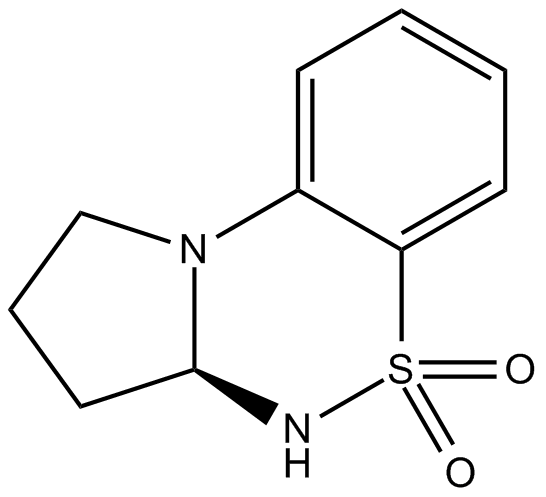 B5493 S 18986Summary: positive allosteric modulator of AMPA receptors
B5493 S 18986Summary: positive allosteric modulator of AMPA receptors -
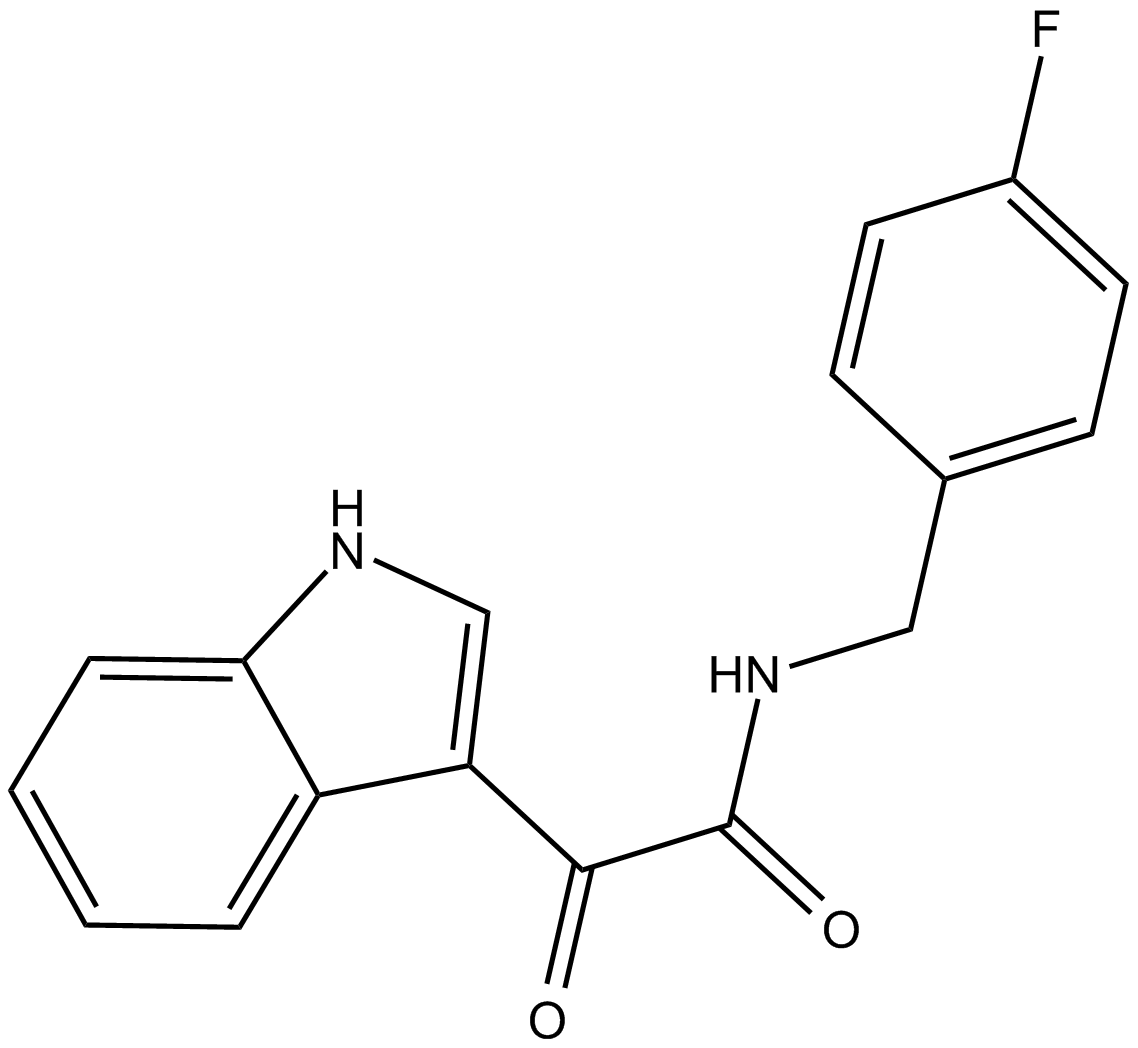 B5499 TCS 1105Summary: GABAA benzodiazepine receptor (BZR) ligand
B5499 TCS 1105Summary: GABAA benzodiazepine receptor (BZR) ligand -
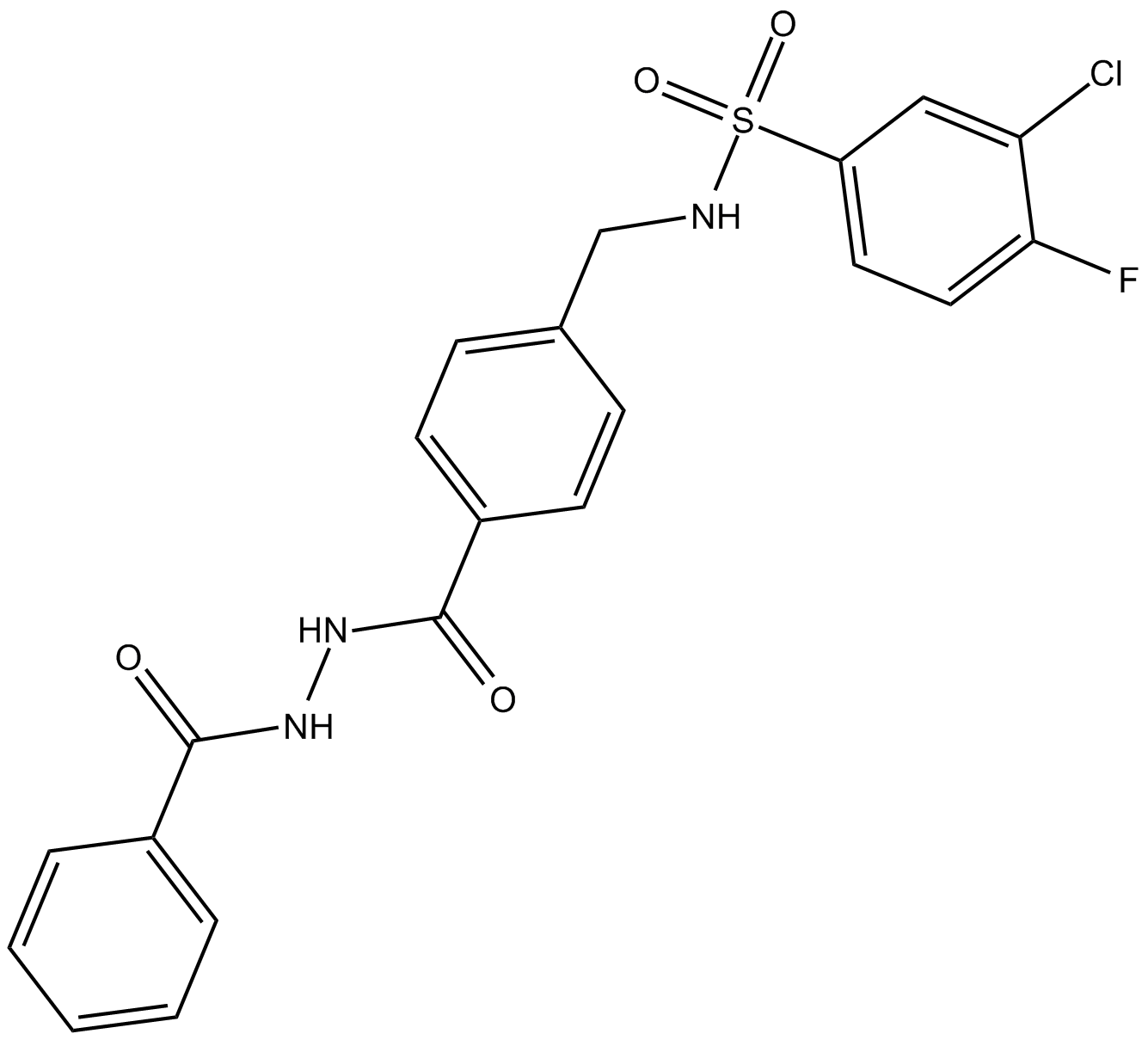 B5535 TCN 201Summary: NR1/NR2A selective NMDA receptor antagonist
B5535 TCN 201Summary: NR1/NR2A selective NMDA receptor antagonist -
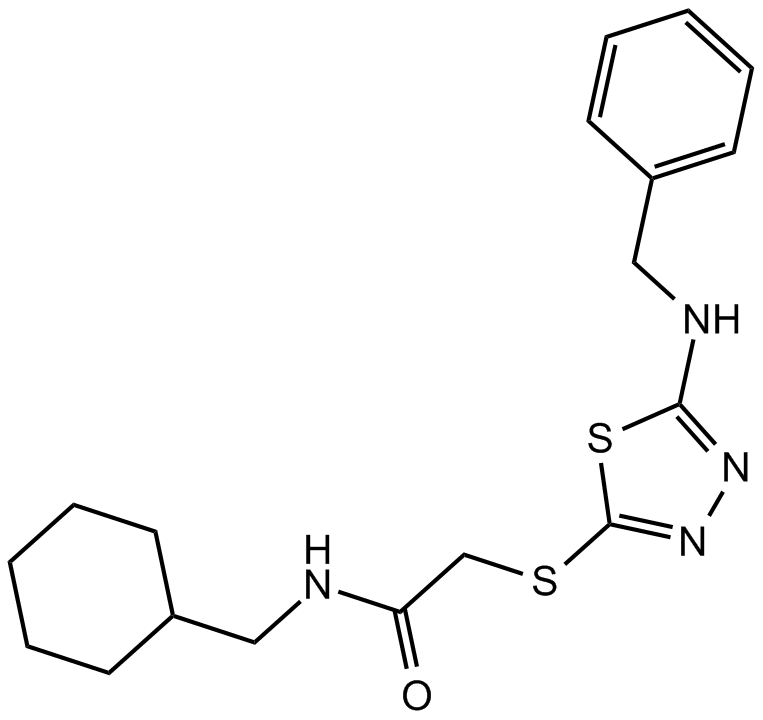 B5536 TCN 213Summary: NR1/NR2A selective NMDA receptor antagonist
B5536 TCN 213Summary: NR1/NR2A selective NMDA receptor antagonist -
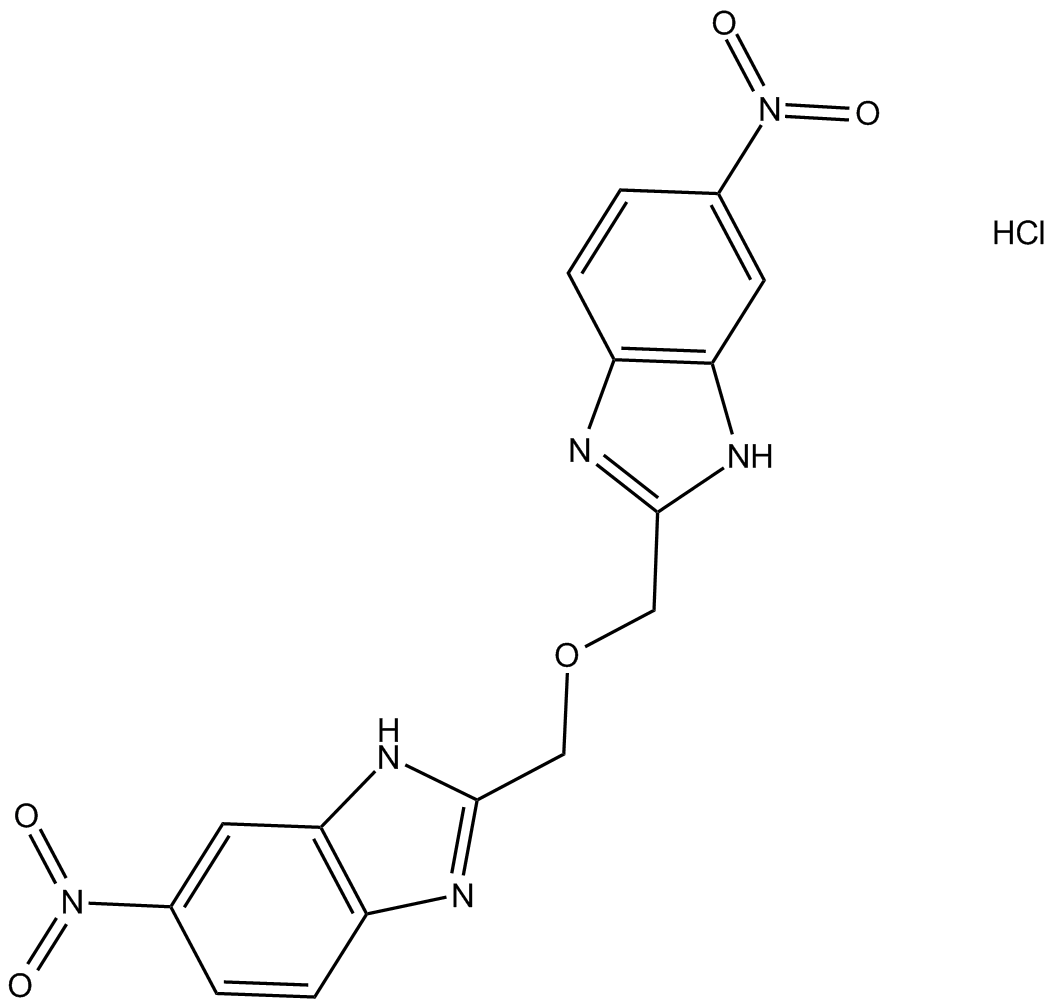 B5539 VU 591 hydrochlorideSummary: renal outer medullary potassium channel (Kir1.1, ROMK) antagonist
B5539 VU 591 hydrochlorideSummary: renal outer medullary potassium channel (Kir1.1, ROMK) antagonist -
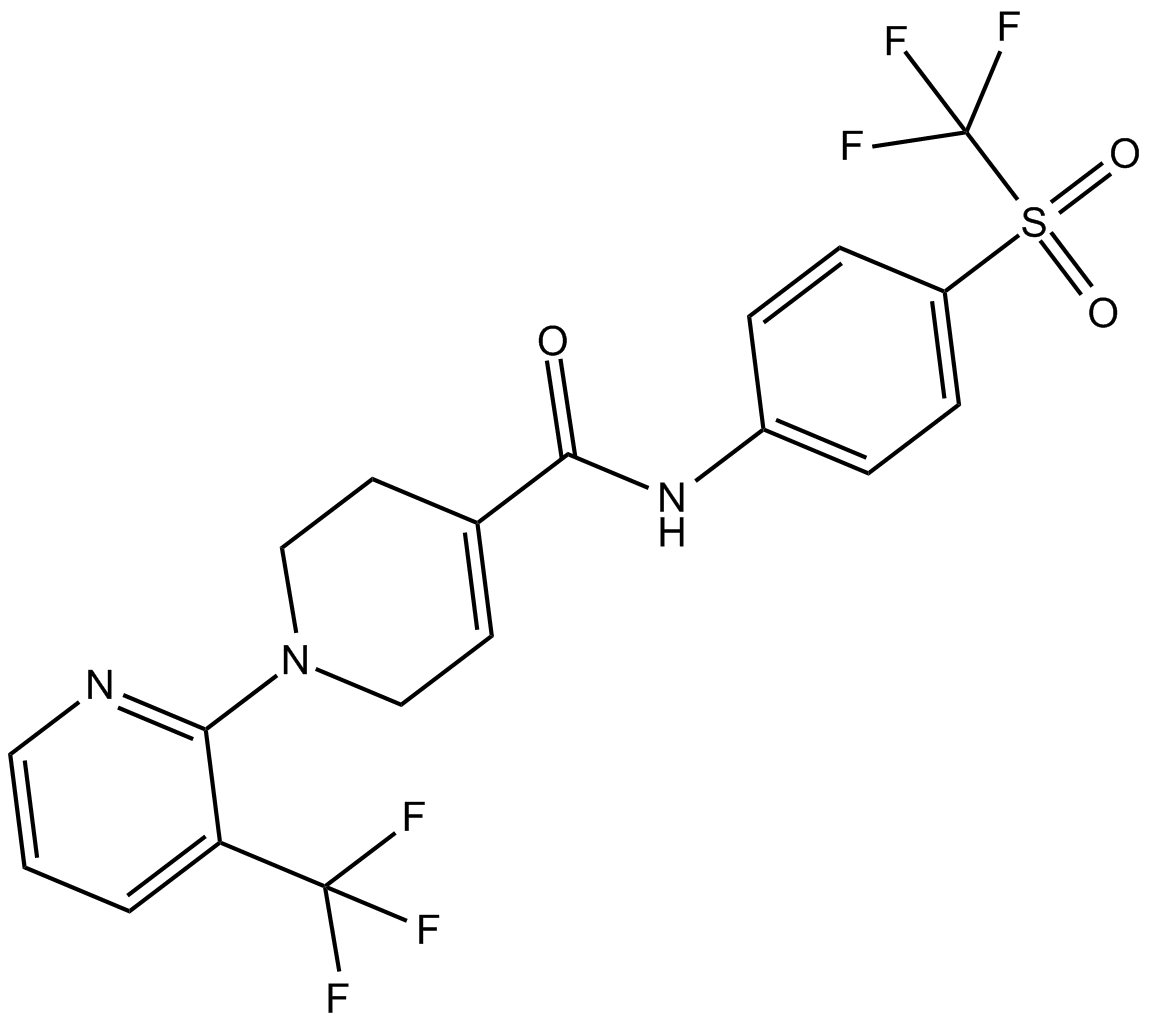 B5554 A 784168Summary: TRPV1 antagonist,potent and selective
B5554 A 784168Summary: TRPV1 antagonist,potent and selective -
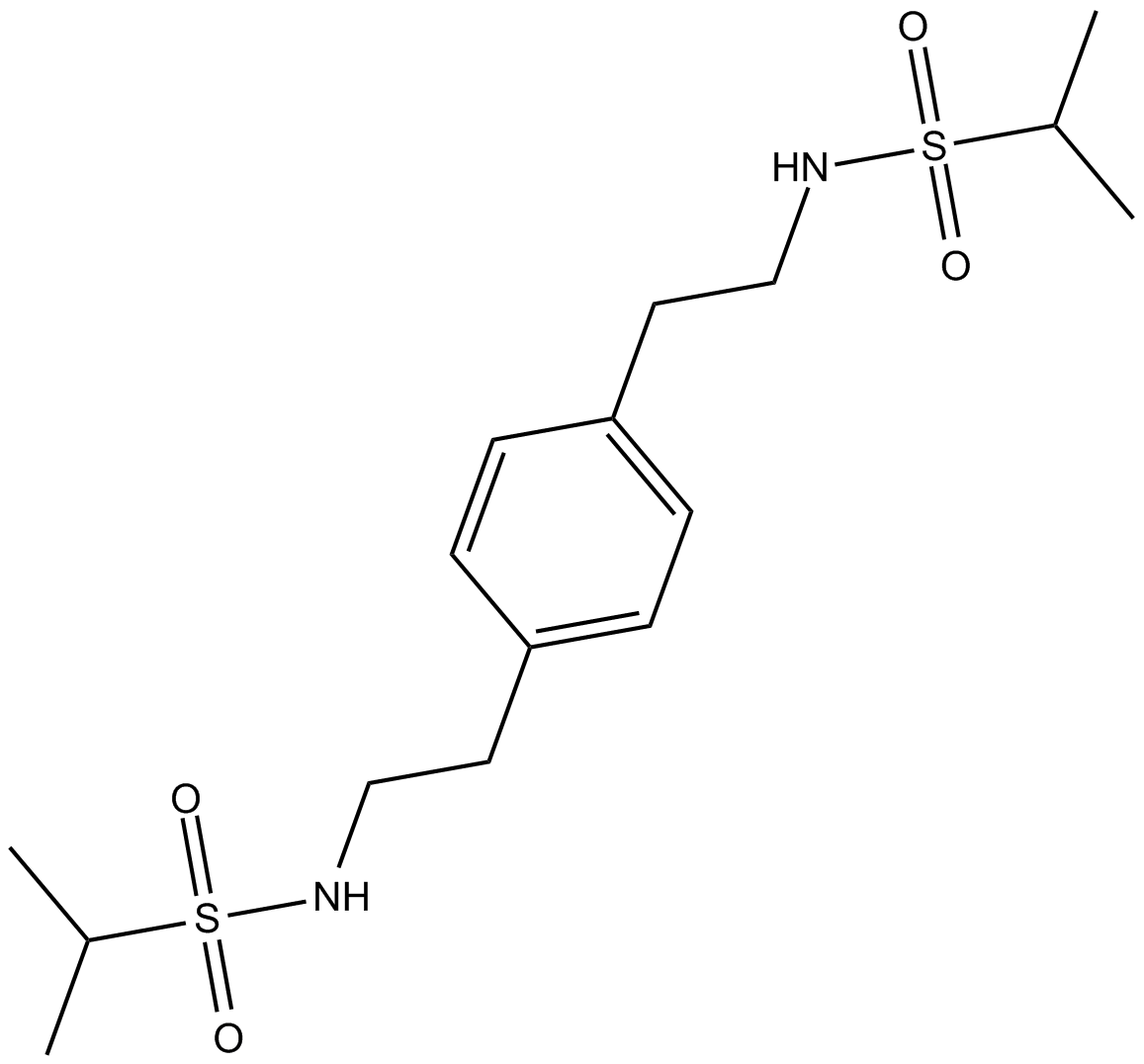 B5566 CMPDASummary: positive allosteric modulator of AMPA receptors
B5566 CMPDASummary: positive allosteric modulator of AMPA receptors -
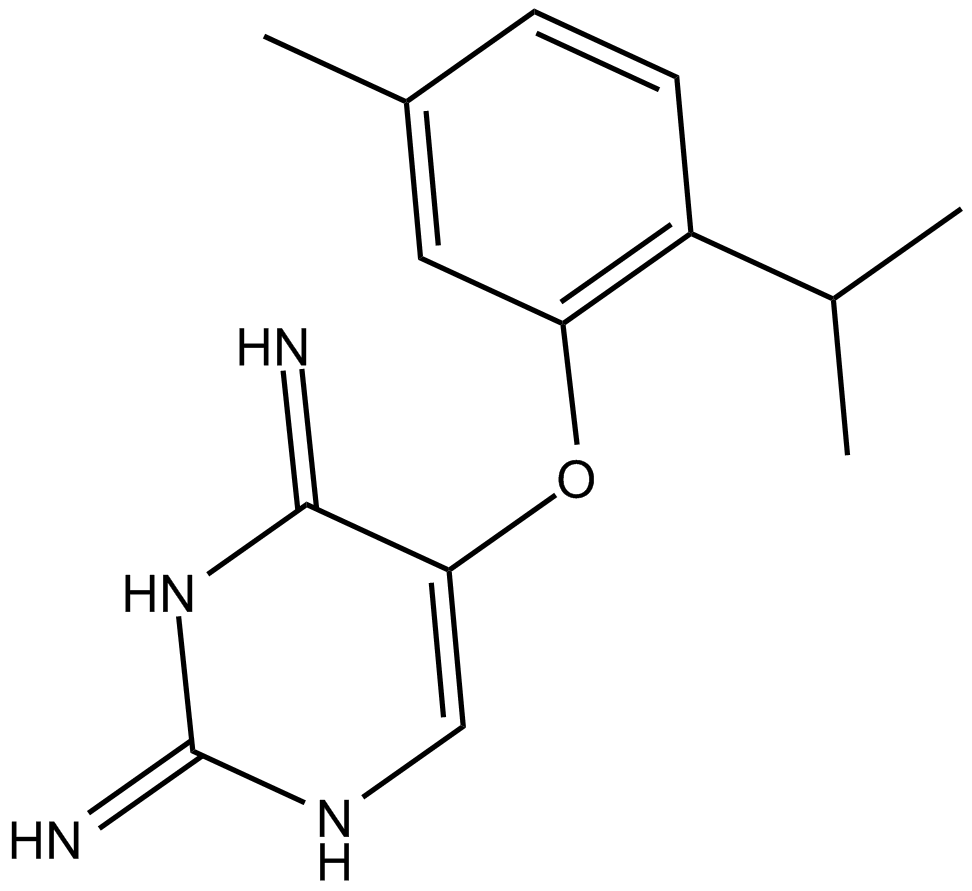 B5570 TC-P 262Summary: P2X3 and P2X2/3 receptor antagonist
B5570 TC-P 262Summary: P2X3 and P2X2/3 receptor antagonist -
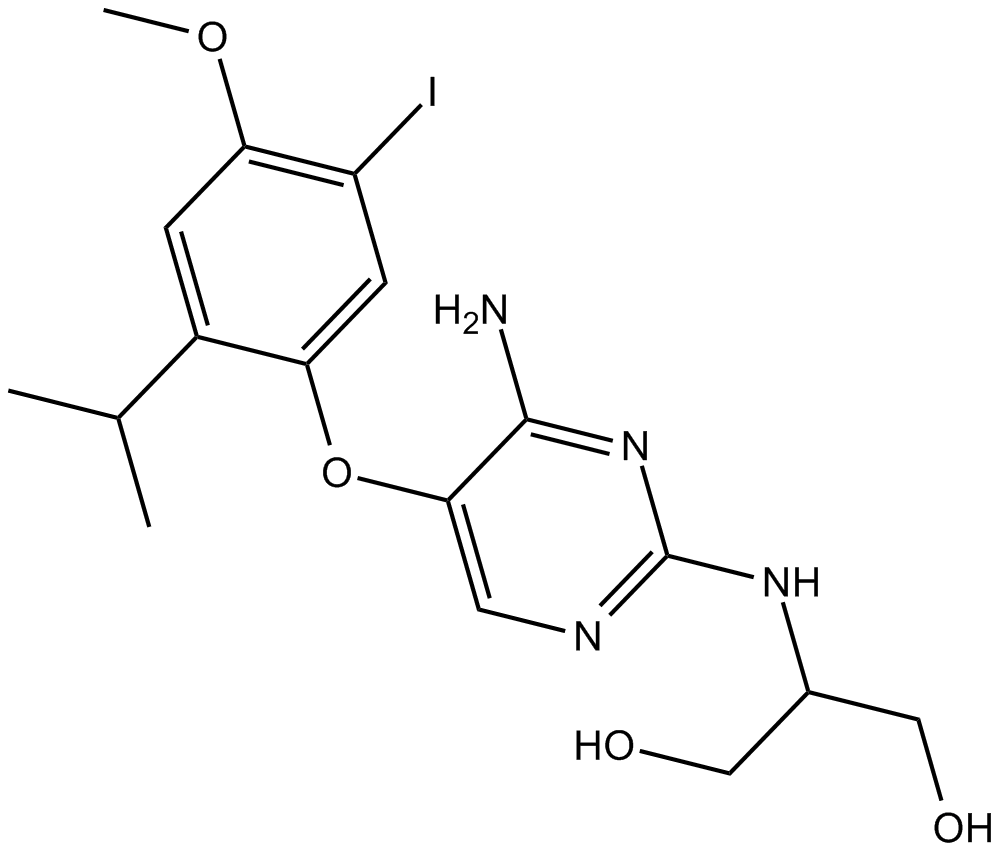 B5572 Ro 51Summary: dual P2X3 and P2X2/3 antagonist
B5572 Ro 51Summary: dual P2X3 and P2X2/3 antagonist -
 B5582 OcinaplonSummary: GABAA receptors modulator
B5582 OcinaplonSummary: GABAA receptors modulator

